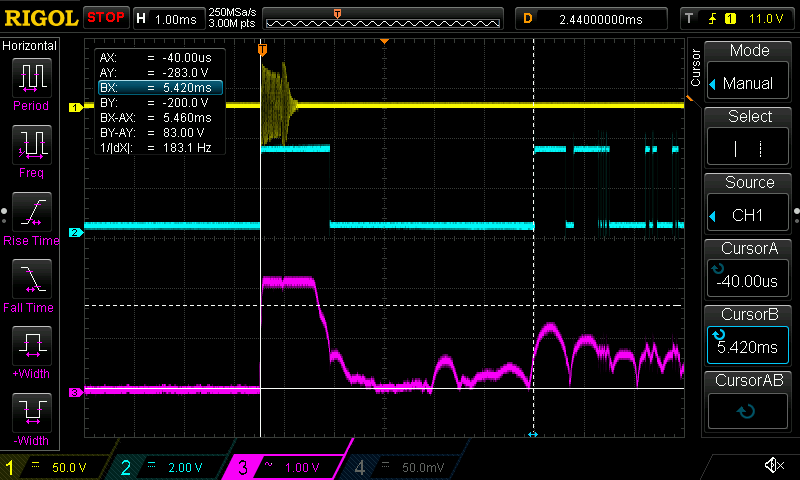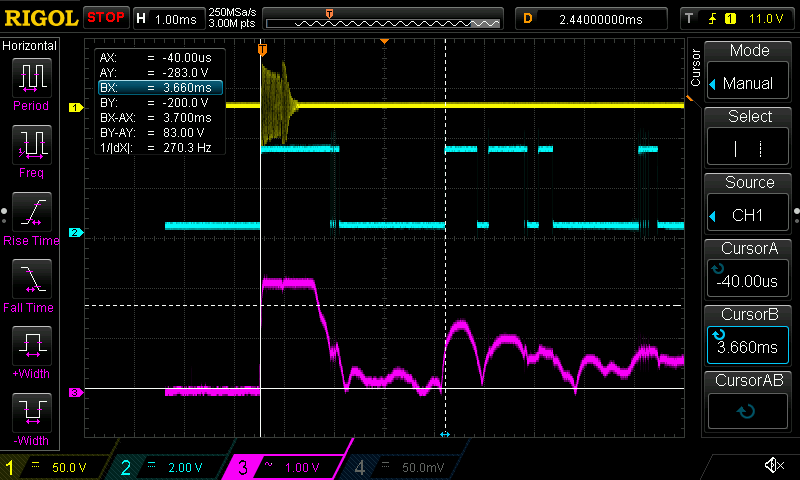Hello,
I am using the TUSS4440 with Prowave 400EP18-NBPN transducer for ultrasonic distance sensing and am noticing my results from the comparator (OUT4) are showing about 500us greater than what I expect for a given distance at my testing temperature. I don't see any mention of propagation delays through the AFE and wanted to ask what might account for this 500us. I would think the amplifiers would be on the order of nanoseconds, but wanted to ask. Another item I'm not sure about is how I should consider multiple pulses; I am using 16 pulses at 40kHz which accounts for 400us. Should I be using timing from the start of pulses or from the end?
I appreciate your insight on what might be causing the error we are seeing.
Kind Regards,
-Jon




